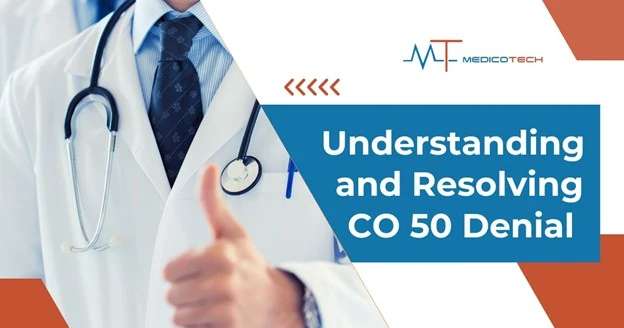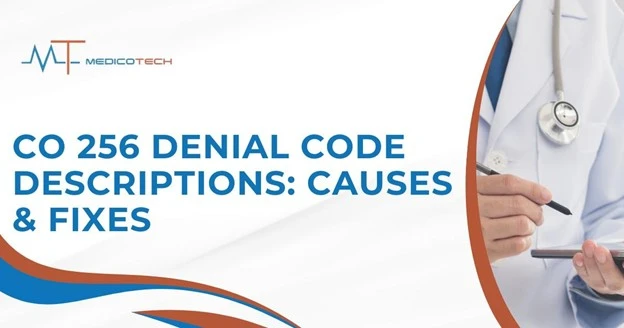Introduction to CPT Code 43235
Overview of Esophagogastroduodenoscopy (EGD)
Esophagogastroduodenoscopy (EGD) is a crucial diagnostic procedure used to visualize the upper gastrointestinal (GI) tract, including the esophagus, stomach, and duodenum. This minimally invasive procedure is performed by a gastroenterologist using a flexible endoscope, which allows for detailed inspection of the mucosal lining and enables the collection of biopsy samples if necessary.
CPT Code 43235 refers specifically to Esophagogastroduodenoscopy (EGD) without any additional procedures such as biopsy or therapeutic interventions. It plays a key role in medical billing by offering a standardized method for coding EGD services.
Significance of CPT Code 43235 in Medical Billing
In the realm of medical billing, accurate coding is vital for the reimbursement process. CPT Code 43235 helps healthcare providers and billing professionals standardize the documentation and ensure correct billing for the EGD procedure. Its importance lies in ensuring that the procedure is billed correctly for appropriate reimbursement under various insurance plans, including Medicare.
Understanding the Procedure
What is Esophagogastroduodenoscopy?
EGD is a procedure that involves the insertion of a long, flexible tube (endoscope) through the mouth and into the upper GI tract to assess and diagnose various conditions. The endoscope is equipped with a camera, providing live images of the esophagus, stomach, and duodenum. EGD allows healthcare providers to examine for abnormal growths, ulcers, inflammation, and other signs of disease or damage in the upper digestive system.
Indications for Performing EGD
The decision to perform an EGD is typically driven by the patient’s symptoms and medical history. Common indications include:
- Chronic dyspepsia (indigestion)
- Unexplained weight loss
- GI bleeding or unexplained anemia
- Persistent nausea or vomiting
- Difficulty swallowing (dysphagia)
- Suspected tumors or other abnormalities in the upper GI tract
Procedure Details: Transoral Endoscopic Approach
The EGD is usually performed on an outpatient basis, with the patient under mild sedation. The endoscope is inserted transorally (through the mouth), allowing the physician to carefully inspect the mucosal surfaces of the esophagus, stomach, and duodenum. If necessary, biopsy samples can be taken, or therapeutic interventions like dilation or cauterization can be performed.
Specimen Collection: Brushing and Washing Techniques
During an EGD, the physician may collect specimens for biopsy or culture. This is commonly done using brushing or washing techniques, where small samples of tissue or fluid are extracted for further analysis. This step is important for diagnosing conditions such as cancer, infections, or ulcers.
Clinical Applications
Diagnostic Uses of EGD
EGD is used to diagnose a variety of upper GI conditions. Some of the most common diagnostic applications include:
- Gastroesophageal Reflux Disease (GERD): EGD can help identify damage to the esophagus caused by acid reflux.
- Gastritis and Peptic Ulcers: Inflammation of the stomach lining and ulcers can be directly visualized during an EGD.
- Esophageal Strictures and Motility Disorders: Narrowing or dysfunction in the esophagus can be diagnosed, which may require therapeutic interventions.
Therapeutic Applications
In addition to its diagnostic capabilities, EGD has therapeutic uses, including:
- Dilation of Esophageal Strictures: Narrowed areas of the esophagus can be widened to restore normal swallowing.
- Hemostasis for Upper GI Bleeding: If active bleeding is observed, methods such as cauterization or the injection of hemostatic agents may be used to control the bleeding.
CPT Code 43235: Billing and Reimbursement
Global Service and Associated Procedures
CPT Code 43235 represents the EGD procedure in its most basic form, without any additional procedures such as biopsy, dilation, or hemostasis. However, if additional procedures are performed, they may be billed separately using the appropriate CPT codes for those services.
Modifier Usage
Modifiers are used to indicate variations in the procedure performed, such as increased complexity or reduced services. Relevant modifiers for CPT Code 43235 include:
- Modifier 22: Increased Procedural Services – Used when the procedure requires more time or resources than typical.
- Modifier 52: Reduced Services – Used when the procedure is less extensive than standard practice.
- Modifier 59: Distinct Procedural Service – Indicates that a separate, distinct procedure was performed on the same day as another procedure.
Sedation Billing
Sedation is often required for EGD procedures, and this can be billed separately. Moderate sedation, for example, can be billed using HCPCS Code G0500. It’s important to ensure that sedation is documented clearly to avoid billing issues.
Medicare Reimbursement Rates
Reimbursement rates for CPT Code 43235 vary depending on the location and setting of the procedure. In the United States, Medicare reimburses the procedure based on the national average facility fees and the setting in which it is performed (office vs. hospital outpatient department). Accurate coding is crucial to ensure proper reimbursement.
Distinguishing CPT Code 43235 from Related Codes
Comparison with CPT Code 43239 (EGD with Biopsy)
CPT Code 43235 refers to a standard EGD without biopsy, while CPT Code 43239 includes biopsy as part of the procedure. The addition of biopsy requires a different code because it involves additional steps, such as specimen collection and tissue analysis. Providers must use the correct CPT code depending on the services provided during the procedure.
Understanding the Scope of CPT Code 43235
CPT Code 43235 is specifically used for EGD without any additional procedures or interventions. It is essential to differentiate it from codes that include biopsy, dilation, or other therapeutic measures to ensure proper billing and reimbursement.
Documentation and Compliance
Importance of Thorough Documentation
Accurate documentation is key for successful billing and reimbursement. For CPT Code 43235, healthcare providers must thoroughly document the indications for the procedure, the findings during the EGD, and any specimen collection or therapeutic interventions performed. Clear and detailed documentation helps prevent billing errors and denials.
Indications for Procedure
The documentation should clearly outline why the procedure was performed, such as symptoms like dysphagia or unexplained GI bleeding. This helps establish medical necessity for insurance reimbursement.
Findings and Specimen Collection
The findings from the EGD, including any abnormalities, biopsies, or other interventions, should be well-documented to support the procedure’s accuracy and necessity.
Avoiding Unbundling of Services
To ensure compliance with billing standards, providers must avoid unbundling services that are part of the same procedural code. For example, billing for an EGD and a biopsy separately when they are part of a single procedure can result in denials or audits.
Adhering to National Correct Coding Initiative (NCCI) Edits
The NCCI establishes guidelines to prevent improper coding and billing. Healthcare providers should ensure that their EGD procedures adhere to these guidelines to prevent errors and ensure compliance.
Medicare and Insurance Coverage
Medicare Coverage for CPT Code 43235
Medicare covers CPT Code 43235 for beneficiaries when deemed medically necessary. The procedure is typically covered under Part B, which handles outpatient services. It’s important for providers to verify coverage with Medicare before performing the procedure.
ICD-10-CM Codes Supporting Medical Necessity
The medical necessity for CPT Code 43235 must be supported by the appropriate ICD-10-CM codes. Common ICD-10 codes used for EGD include those for GERD, peptic ulcer disease, and esophageal cancer.
Payer-Specific Guidelines and Pre-Authorization Requirements
Some private insurers may have specific guidelines for CPT Code 43235, including requirements for pre-authorization. Providers should familiarize themselves with payer-specific rules to ensure smooth reimbursement.
Frequently Asked Questions (FAQs)
Is Biopsy Included in CPT Code 43235?
No, CPT Code 43235 refers to an EGD without biopsy. If a biopsy is performed, it should be billed using CPT Code 43239.
Can CPT Code 43235 Be Billed with Other Procedures?
Yes, CPT Code 43235 can be billed with other procedures, provided they are appropriately coded. However, each procedure must be documented separately, and modifiers may be needed to indicate that multiple services were provided.
What Documentation is Required for Billing?
Thorough documentation is required, including indications for the procedure, findings, and any specimen collection or therapeutic interventions. This ensures the procedure is medically justified and eligible for reimbursement.
Best Practices for Accurate Coding and Billing
Ensuring Accurate Code Selection
Providers should select the appropriate CPT code based on the services performed during the EGD. Accurate code selection is crucial to ensure proper reimbursement and avoid audits.
Regularly Reviewing Payer Policies
Regular reviews of payer policies can help ensure compliance and avoid discrepancies in billing. This includes staying updated on reimbursement rates, modifier usage, and pre-authorization requirements.
Training and Education for Coding Staff
It is essential to regularly train coding staff to ensure they are familiar with the latest coding practices and guidelines. This helps minimize errors and ensures that all procedures are billed correctly




